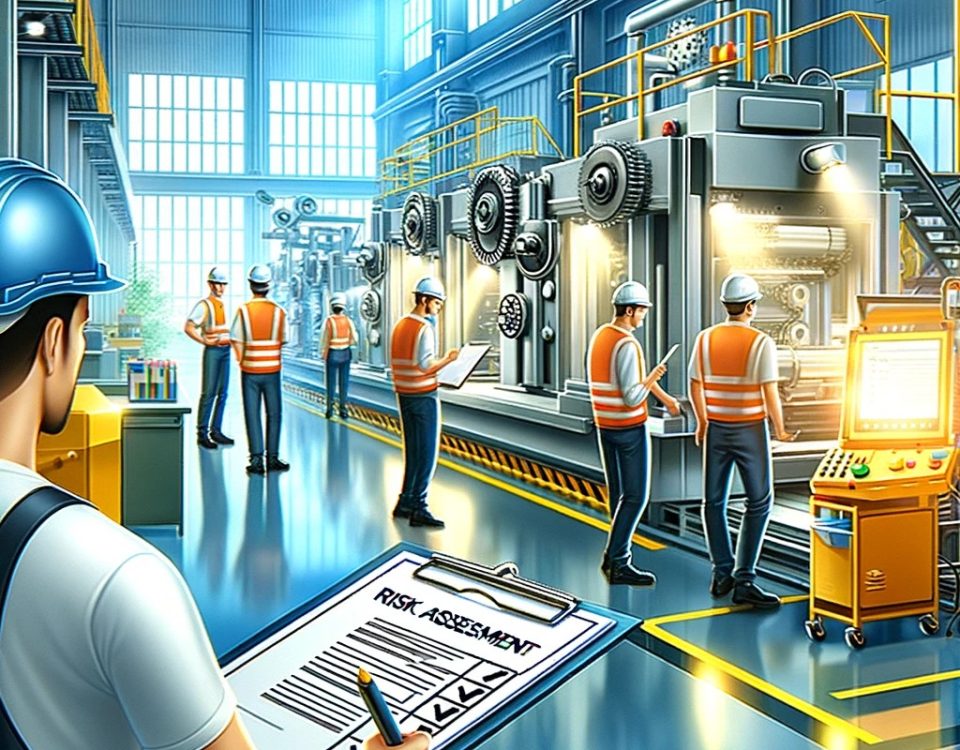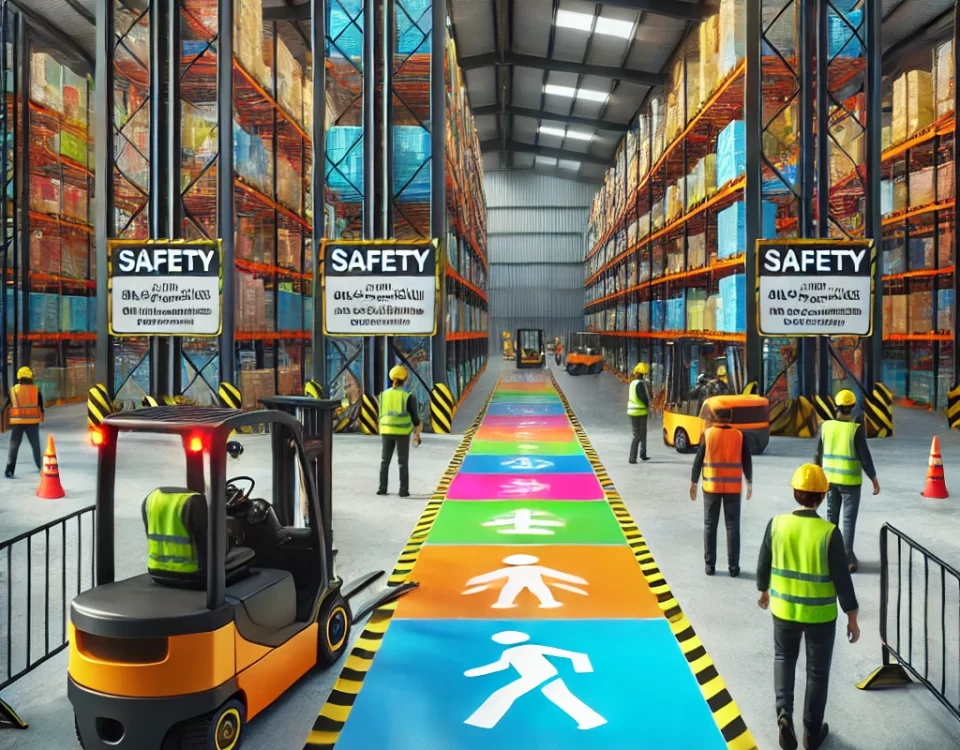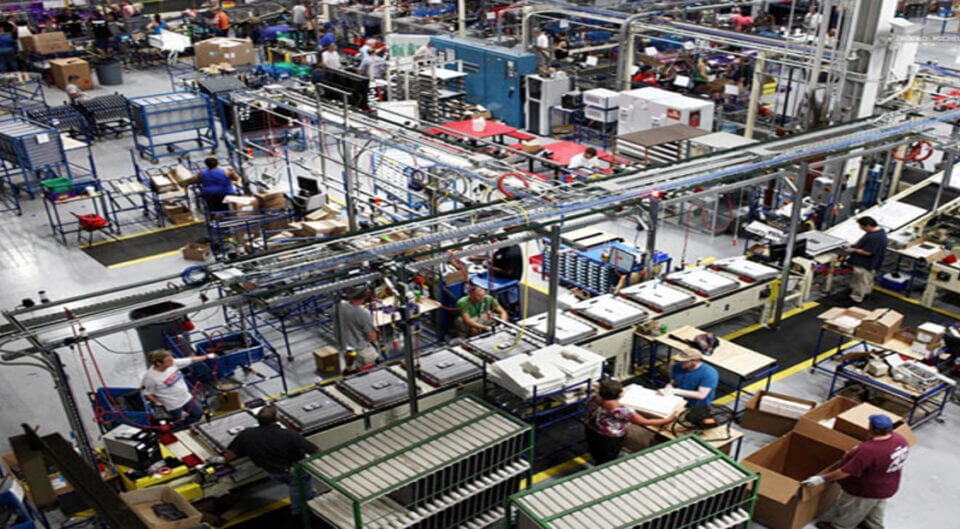
How IoT is Transforming Manufacturing: Enhancing Safety and Efficiency
July 15, 2022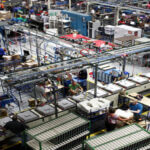
Building Resilience: The Cornerstone of Modern Manufacturing
July 15, 2022
How IoT is Transforming Manufacturing: Enhancing Safety and Efficiency
July 15, 2022
Building Resilience: The Cornerstone of Modern Manufacturing
July 15, 2022In today's fast-paced industrial landscape, flexible capacity has become a cornerstone of success for organizations seeking to maintain their competitive edge. This strategy revolves around the ability to swiftly adapt to shifts in market demand—whether through product design updates, production volume adjustments, or responsiveness to emerging trends. Flexible capacity is crucial in modern manufacturing, offering a robust solution to demand fluctuations while reinforcing operational resilience.
Strategic Adaptability in Manufacturing
Versatility in Production
Flexible capacity thrives on the capability to produce a diverse range of products using the same equipment and processes. This versatility minimizes downtime by ensuring smooth transitions between production lines, empowering businesses to meet shifting market demands without sacrificing efficiency.
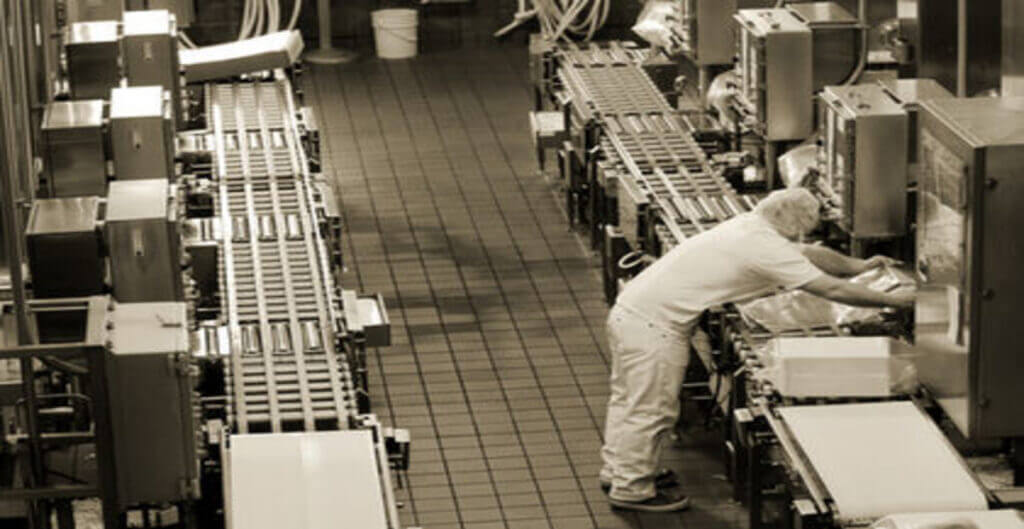
Cross-Functional Equipment Utilization
Another pillar of flexibility is the ability to produce identical outputs using different machinery or processes. This cross-functionality mitigates the risk of operational delays caused by equipment malfunctions or maintenance. With production bottlenecks eliminated, businesses can maintain consistent output and meet customer expectations.
Rapid Innovation and Product Integration
Modern markets demand constant innovation. Flexible capacity allows manufacturers to introduce new products seamlessly into existing lines, reducing the need for costly equipment overhauls. This adaptability ensures companies remain competitive and responsive to industry trends.
Design Agility
Equipment that can quickly adapt to new product specifications enhances manufacturing efficiency. Whether it's a tweak to an existing design or a major overhaul, agility in accommodating changes is critical for staying relevant and competitive in an evolving marketplace.
The Perils of Inflexibility
Inability to adapt in high-demand scenarios can burden production lines, leading to logistical issues and customer dissatisfaction. Overloaded capacities often result in missed deadlines, strained resources, and an erosion of customer trust.
Strategies to Build Resilience
To successfully mitigate operational disruptions, manufacturers should adopt strategies like:
- Dynamic Production Rates: Adjusting production levels to meet varying demand.
- Flexible Staffing: Deploying workforce shifts based on demand spikes or lulls.
- Proactive Maintenance Scheduling: Ensuring equipment downtime is minimized.
- Multi-Plant Coordination: Synchronizing production capabilities across multiple locations to avoid inefficiencies and bottlenecks.
By prioritizing flexible capacity, organizations enhance their agility and bolster their ability to navigate the unpredictable nature of modern markets. As customer expectations evolve—ranging from reduced lead times to customized solutions—operational flexibility becomes a defining factor in maintaining market relevance.
For tailored solutions in workplace safety, industrial signage, and expert support, partner with EZSecur. Visit www.ezsecur.com to explore our comprehensive offerings.

